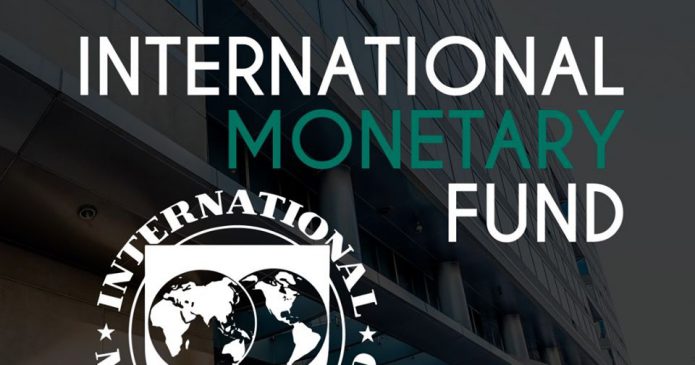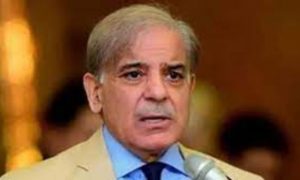India has pushed back against the International Monetary Fund (IMF) after the organisation suggested that the Reserve Bank of India‘s intervention in the foreign exchange market was excessive.
The IMF stated that the rupee’s movement within a narrow range from December 2022 to October 2023 indicated that the central bank’s intervention “likely exceeded levels necessary to address disorderly market conditions.”
Subsequently, the IMF reclassified India’s foreign-exchange regime from a “floating” system to a “stabilized arrangement.”
However, India disagreed with the IMF’s assessment, considering it “unjustified”. The Reserve Bank of India (RBI) countered, arguing that the IMF’s evaluation was selective and would fail over a two to five-year horizon. “The RBI strongly believes that such a view is incorrect as, in their view, it uses data selectively,” added the report.
The RBI indicated that the period in question was limited to the short term.
During the cited period, the rupee depreciated about 2 per cent against the dollar. According to Bloomberg Economics estimates, the RBI intervened with approximately $78 billion in the foreign exchange market during the nine months from December 2022 to October 2023.
India’s foreign exchange reserves currently stand at $604 billion, approaching the record high of $642.5 billion reached in 2021.
RBI officials have consistently stated that the central bank doesn’t target a specific rupee level but intervenes to smooth volatility.
India has been sensitive to the issue, especially as the US Treasury has intermittently placed the country on its monitoring list of potential currency manipulators since 2018. However, India has not been on the bi-annual watchlist since November 2022.
During the IMF’s annual meetings in October, RBI Governor Shaktikanta Das criticised the Treasury’s practice of putting countries on the watchlist, emphasising the need for emerging markets like India to build up reserve buffers to offset global risks.
Michael Wan, a senior currency analyst at MUFG Bank Ltd., told Bloomberg News it’s unlikely that India will be labelled a currency manipulator by the US, as the central bank’s intervention hasn’t exceeded 2 per cent of GDP over a 12-month period. Looking ahead to 2024, Wan expects the RBI to ease some control over the rupee, particularly if the US dollar weakens.
In its Article IV report, the IMF offered a relatively optimistic outlook for India’s economy, suggesting the potential for faster growth than the forecasted 6.3 per cent in the current and next fiscal years if the government undertakes key structural reforms.
Read More: Pakistan slashes petrol price by PKR 14, high-speed diesel by PKR 13.5
The IMF also recommended “ambitious” fiscal consolidation over the medium term to curb public debt, endorsing the RBI’s current neutral monetary policy stance as appropriate to bring inflation back to the 4% target.



































